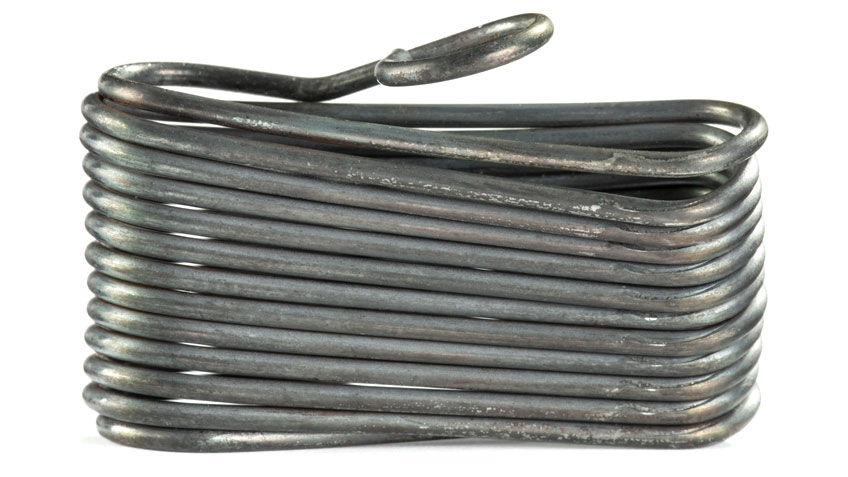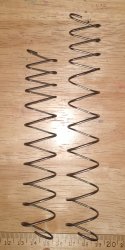^ The problem is really the manufacture, where it comes to extended periods of compression. Those tales of fully-loaded WWII-era spring-fed magazines functioning fine? Attributable to better manufacturing and materials in many cases: like those same-era military rations still remaining edible, while Chinese PLA rations from even just years ago saw evidence of contamination.

Once modern magazine springs have taken their initial "set" (this isn't "creep," which, while it does explain things, only happens at physical conditions outside that of the operation of our weapons - and even if "creep" is the issue, the rate at which this occurs is typically much slower than the wear that comes from cycling that spring) they should remain within operational parameters for many, many cycles - i.e. "stress-strain." As long as you don't exceed the fatigue limit of the spring - i.e. by either compressing it farther than it was intended to go or by stretching it (which is sometimes a field-expedient way of getting that mag back into the fight, if for just a cycle or two more; also, the same is permissible, for-instance, in very specific applications, such as that of an AR's selector/safety detent spring).
Give this experiment a try, the next time you buy more than a couple of new mags at the same time:
Take the mags' springs out and measure it immediately. Let this be your baseline.
Now, track it after use, and track it until it fails.
My bet is that you'll see interesting things, like the following ---->
These are from one of my favorite local instructors, Andrew Blubaugh, of Apex Shooting and Tactics:
(that the spring is "shorter" is not always the problem, rather, the problem comes in the spring losing its physical properties via use - the longer spring is actually in this case "weaker" - that spring is returning more, but it's not returning it at-strength)
To-wit: does the vehicle which is stored show more or less suspension wear than a vehicle that is driven every day? Yes, the former will sag over time, but the latter - assuming that the struts don't go - will be all kinds of wonky, sooner.






